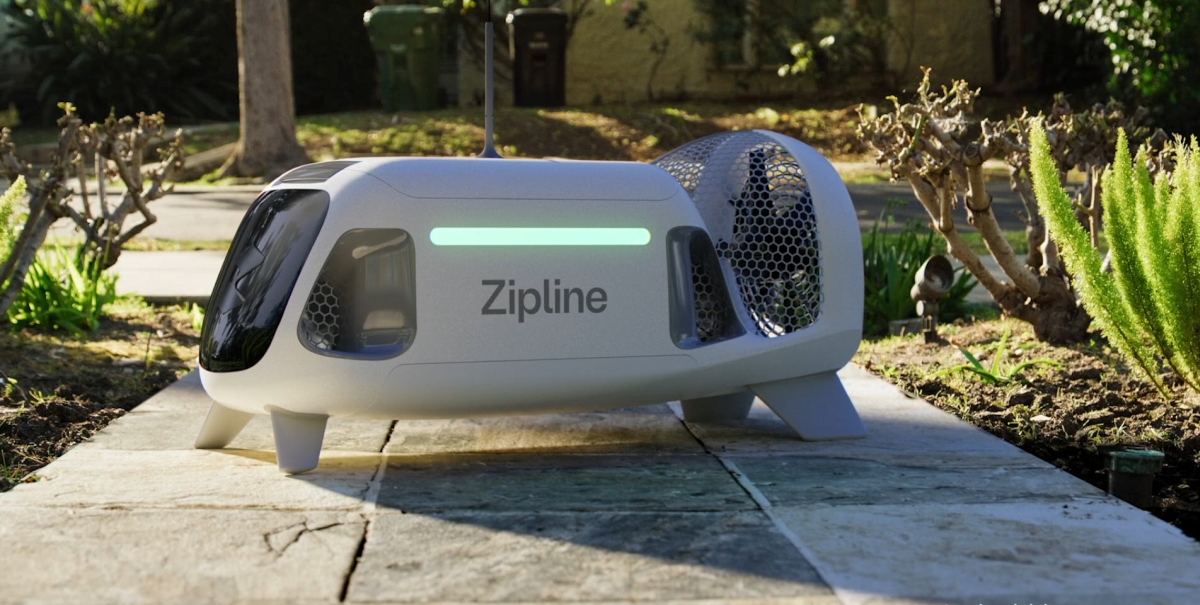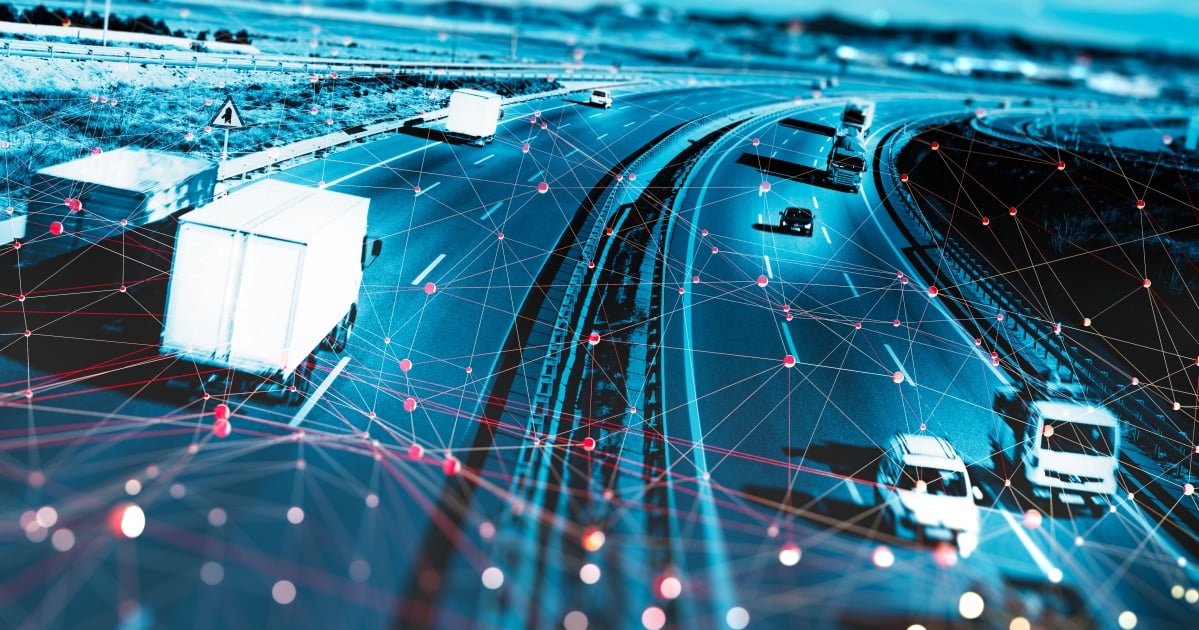
The Industrial Internet Consortium (IIC) recently published the newest edition of the Journal of Innovation, exploring in its latest major publication the future of intelligent transport systems (ITS), including over-the-air updates, security and logistics.
As we’ve come to expect from the IIC, the issue is rich with contributions and content, with a fascinating report on the IIC testbed for the urban rail industry. (The Industrial Internet Consortium is a leading membership program with global reach, focused on how the world’s systems and devices are securely connected and controlled to deliver transformational outcomes).
“The metro rail industry is in need of a next-generation solution for wireless communication in metro systems to improve metro owners’ operational efficiency and to expand the marketspace for the metro rail industry,” said Dr. Richard Soley, Executive Director, IIC. “Through our LTE for Metro Testbed, IIC members are developing best practices and technologies for metro rail industry wireless communications networks to ensure security and reliability and improve bandwidth.”
Data is an increasingly strategic and meaningful aspect of the IIoT; according to a recent International Data Corporation (IDC) study, by 2025 the amount of data generated annually by the estimated 41.6 billion connected IoT devices is expected to be approximately 79.4 zettabytes (79.4 billion terabytes).
Clearly the role of Big Data in IoT will only continue to accelerate in the coming years, and organizations that deploy IoT systems will need to use foresight in deciding how to manage the massive amounts of data that will be generated. Nowhere is Big Data more valuable than in Intelligent Transportation, the report says, as industrialization and automotive IoT solutions will experience a 60 percent compound annual growth rate as compared to the overall IoT CAGR of 28 percent through 2025.
Other forms of transportation will most likely experience this same level of growth, including the urban rail market (as well as in the longer-haul passenger and freight rail market especially given major regulations in the US and elsewhere to improve safety including Positive Train Control, or PTC).
The IIC LTE for Metro Testbed, led by Huawei and partners, incorporates the B-Trunking standards of the International Telecommunication Union (ITU), as well as the Urban Rail Train-Ground Integrated Communication System specifications of the China Association of Metros (CAMET) – a member organization more than 500 strong.
“Currently, no technical standards based on LTE for the urban rail industry have been released by international standards organizations,” the IIC report explains. “The testbed team hopes that the IIC LTE for Metro Testbed will introduce the benefits achieved by the application of LTE technology in urban rail wireless communication for rail operators worldwide. Before LTE for metro, metro operators commonly used Wi-Fi as the major ground-to-train communication standards and technology. LTE for metro intends to enable operators to evolve Wi-Fi network standards to the next generation on an international scale.”
The lab test and corresponding reports have been completed, and the field test will be completed in the next several months (we will share the update when the full report becomes available). The testbed has successfully verified that urban rail operators can use LTE wireless communication technology to carry multiple services rather than having to use different communication network technologies to separately address critical and non-critical services.
One network can support all critical and non-critical services, greatly simplifying the architecture of urban rail wireless networks, and helping end users reduce network maintenance costs while improving operational efficiency and reliability. This includes both real time communications (RTC) and machine communications (IoT/IIoT).
The journal includes the finding that with a high-speed mobile handover algorithm, a system can run video streams at 160km/hour without frame freezing. In addition, the high-bandwidth, open spectrum allows a single cell to support uploads of six high-definition video streams.
Through their activities, the testbed team has learned that if there is no standard between different systems, a large interoperability workload is required. The team hopes the testbed will be used to build and influence global standards and reduce the cost of using and promoting new technologies.
The IIC Testbed Program enabled the LTE for Metro Testbed team to set up benchmark projects throughout the testbed, designed to help organizations “implement digital transformation through a path of communication network evolvement, bringing service systems to the cloud and making the best use of data on the cloud.”
By driving the establishment of industry standards, the team conducting the testbed believes those standards have the potential to reduce risk, by reducing the cost of adopting new technologies across the industry and related market fragmentation.
The next step for the LTE for Metro Testbed team is to complete testing (given obvious challenges in the field and in a live trial) and the moving on to make use of the collected data. A comprehensive cloud platform will be established to support data usage (including big data and metadata) to move toward cloud-oriented digital transformation.
We caught up with a few IIoT leaders to get their thoughts on this latest publication and the metro rail testbed.
"There is no doubt we will continue to see meaningful innovation across all industries, but all forms of transportation are certain to progress at a rapid rate,” said Don DeLoach, founder and CEO, Rocket Wagon Venture Studios, based in Chicago. “One of the key factors enabling innovation and transformation is the establishment of standards. These standards provide the underlying framework for innovators to create, combine, and scale innovation that would otherwise take longer and be less effective.”
Aaron Allsbrook, co-founder and CTO of ClearBlade, a company working with nearly every Tier One rail company in the U.S., based in Austin, who said “"Today, Regional Transits and Metros have an incredible opportunity to automate maintenance, increase reliability and improve safety, but are heavily challenged due to the years of heterogeneous hardware and field infrastructure that must be integrated and coordinated. Whether it's the Engineering department looking at field assets for logs, battery and backup power health, lamp and gate activations or the Mechanical department making sure that cars are well maintained and repaired before they fail or the Transportation department making sure that passengers are safe both on the boarding platform and while traveling on the train; they all represent business transformational opportunities. The whole mix of challenges demands a common IoT strategy that handles the standardization of communication between legacy field assets from vendors like Siemens, GE, or Ansaldo, processing huge amounts of new sensor data at the edge, while also taking AI for video analytics actionable in the passenger terminal."
Chris Swan, Chief Revenue Officer for Dispersive, based in Alpharetta, Georgia (near Atlanta), said regarding the kind of networking required to ensure connected rail systems operate reliably and securely said, “Delivery of all that data and real-time intelligence requires a fast and secure modern network that defends itself against attacks and impairments. The solution should overlay and integrate with existing legacy network connections along with more modern LTE, Low Latency Carrier Ethernet, IP and cloud choices. As safety and security are paramount, it is a good idea to ensure Zero Trust Network Architecture be considered in formulating any rail network modernization program along with high availability, multi-path and hybrid cloud architectures (legacy single path VPNs with IPSec tunnels are no longer a good choice for securing these critical networks).”
Juhi Fadia is an engineer, analyst, researcher and writer covering advanced and emerging technologies.
Edited by
Ken Briodagh





